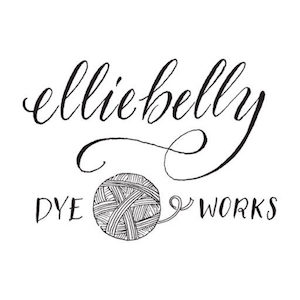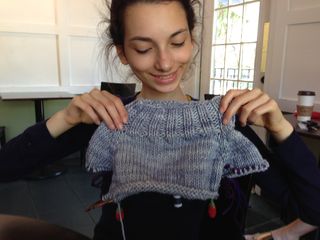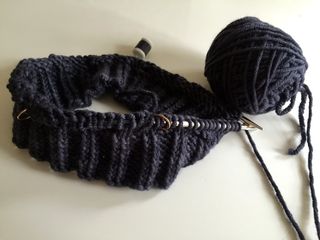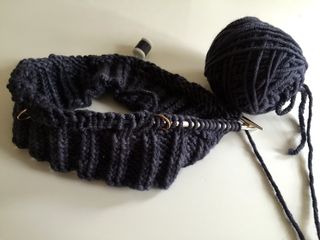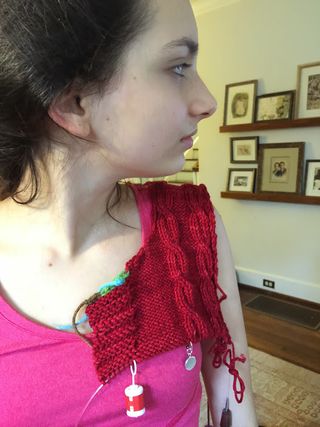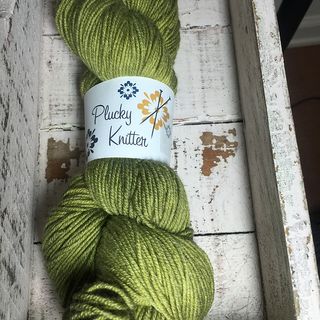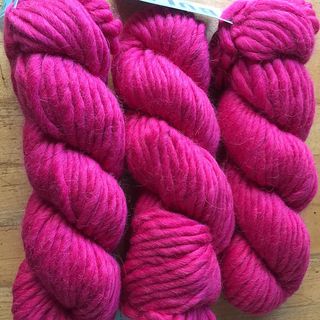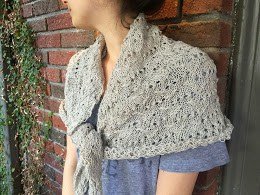If you are knitting a scarf you probably don't care about what your gauge is. You'll take the finished item, wrap it around your neck as many times as it will go, and move forward in life feeling warm and happy.
But for just about any other item you might make, you care. Trust me. You really should care.
Yes it's a hassle to swatch. And even more so, to block and measure your swatch. For the math challenged among us, deciding what to do when your gauge is not identical to the pattern gauge can be a problem.
Here are a few principles and thoughts to make your life with gauge a little bit easier:
Let's envision you're going to make a garment and the pattern calls for you to Cast on 150 stitches. You swatch, block, and measure:
- if your gauge is 3 stitches to the inch, your finished item will measure 50 inches
- if your gauge is 5 stitches to the inch, your finished item will measure 30 inches
- if your gauge is 10 stitches to the inch your finished item will measure 15 inches
*If you get more stitches to the inch than your pattern calls for, your finished item will be smaller that it should be
*if you get fewer stitches to the inch than your patterns calls for, your finished item will be bigger than it should be
How do you fix gauge problems? One solution is to switch your needle size to get a different gauge:
- If you switch to larger needles, you will get fewer stitches per inch and a bigger garment
- If you switch to smaller needles, you will get more stitches per inch and a smaller garment
There are some variables here — you have to make sure you like how the fabric looks and hangs when knit on the new needle size and that it produces a fabric that will work for the item you are knitting. And, if you are like me, your gauge may not change a lot when you move just one or even two needle sizes. You may ultimately have to conclude that you are not going to be able to use your treasured yarn for the project you have in mind.
Some knitters have great success by deciding to knit a different pattern size. If they are persistently getting more stitches per inch than the pattern calls for, the move up a size or two on the pattern to correct. You can make this work if you are rigorous about doing the math.
More on gauge, with some swatched examples later this week. I'm hoping that if I write it all down I can refer back to it over time, and do better. I hope this helps some of you all as well! Please chime in with comments about gauge and any knifty knitter mathfu tricks you have to share.
